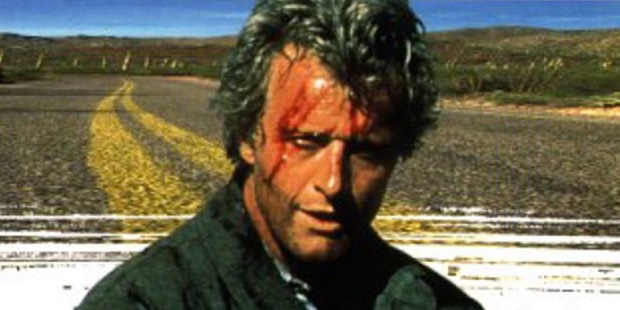
The world is governed by madness. In keeping with this, movies will occasionally bomb in theaters before finding an audience on video. The fanbases of cult classics range from puny to so large that you wonder why some of these films didn’t do well in their initial runs. From a children’s film that goes too far to a Halloween film that was released in July, let’s look at a handful of flop movies that became cult classics.
1. Battlefield Earth
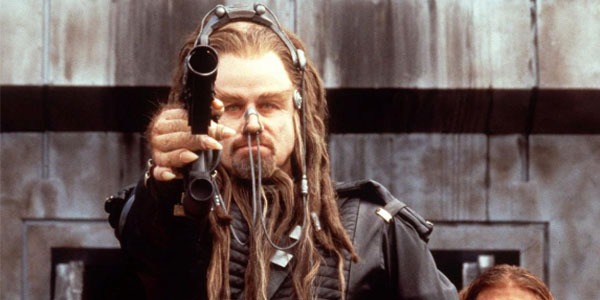
Some bad films are seeped in cynicism. Battlefield Earth, however, is comically, painfully earnest. It had long been John Travolta’s dream to star in a film adaptation of Battlefield Earth, the magnum opus of Scientology’s founder, L. Ron Hubbard.
A devout Scientologist, Travolta brought all of the same reverence to Hubbard’s novel that Cecil B. DeMille brought to the Book of Exodus; the problem was that director Roger Christian had about a tenth of the talent as DeMille, a twelfth of the budget, and source material that lacked the narrative power of a Chick tract, much less the Bible.
The result is an ugly, disjointed mess that was only made semi-watchable by Travolta’s hammy performance. His work in the film suggest that he may be the secret spawn of Tim Curry and Joan Crawford.
The film is bad enough on its own, but its religious associations made it much funnier to critics than it otherwise would have been. Your average coastal elite film critic has a hard time understanding why people put their faith in Jesus, so a film that sings the praises of Xenu was especially hilarious to them. The film’s origins might be funny but sitting through it is positively hellish.
2. The Black Cauldron
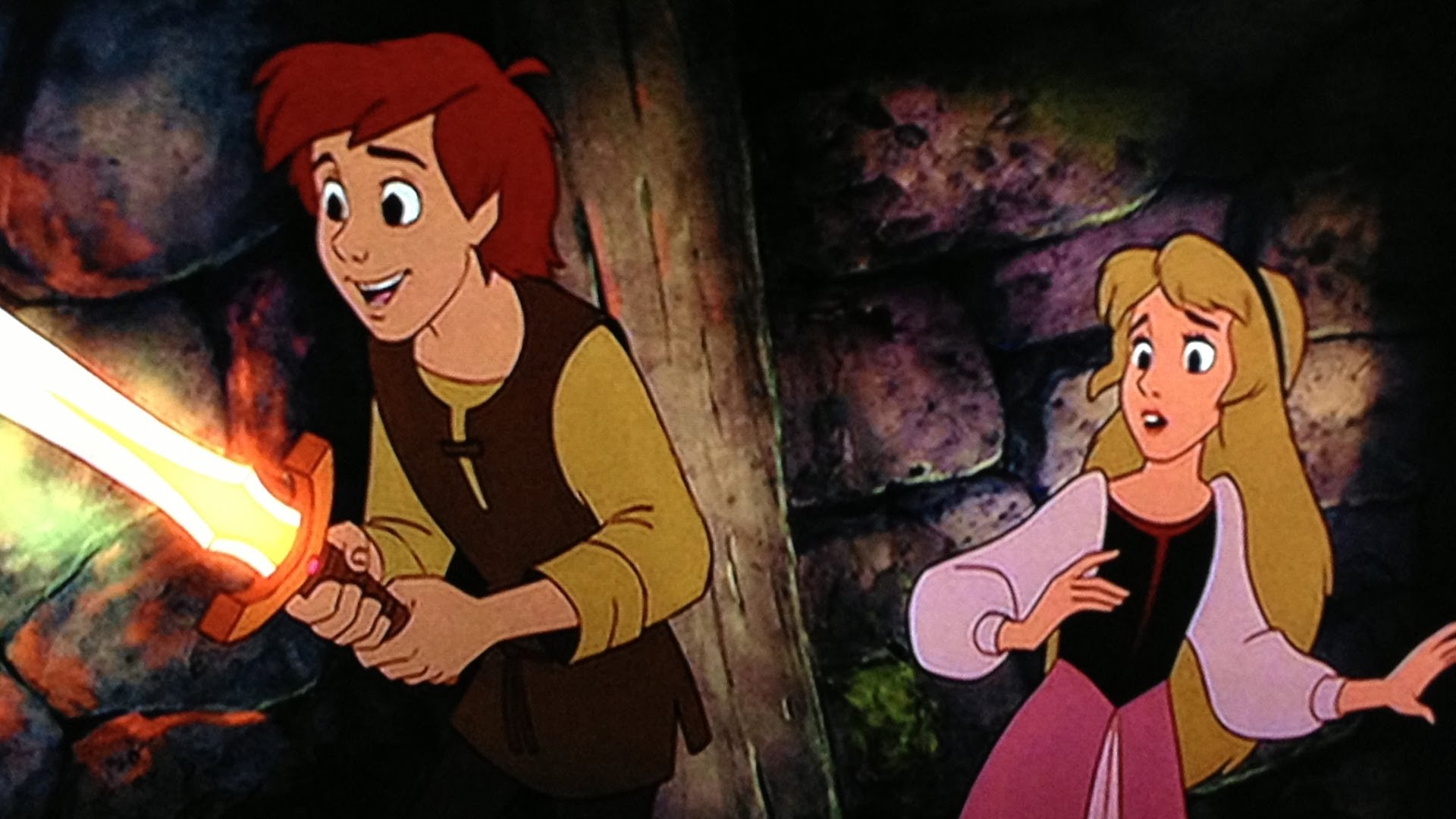
The Black Caldron is the least family friendly Disney movie ever made. That alone made it destined to flop and destined to find a cult audience. Some Disney pictures are more adult in a wink-wink sort of way. Who Framed Roger Rabbit? comes to mind, as do some of the earlier Mickey Mouse cartoons where Mickey is too forward with Minnie – but Cauldron is the only film the studios made which seems designed to give little ones nightmares.
The scenes of the villainous Horned King and his undead soldiers feel less like moments from a children’s film and more like a freakish tidbit yanked from the darkest regions of the Jungian collective unconscious. Other than that, its pretty standard Disney fare, with cute sidekicks, magic, a princess and settings that would make for a good playset.
The film’s scary bits caused numerous children to cry during test screenings, and the film predictably bombed, nearly bankrupting the studio. Since there was initially so little demand for it, Disney declined to release the film on home video for over a decade after its release. This accidentally made the film a piece of forbidden fruit, and since its video release, The Black Cauldron has entertained cult movie fans with its bizarre mix of the cutesy and the horrific.
3. Blue Velvet
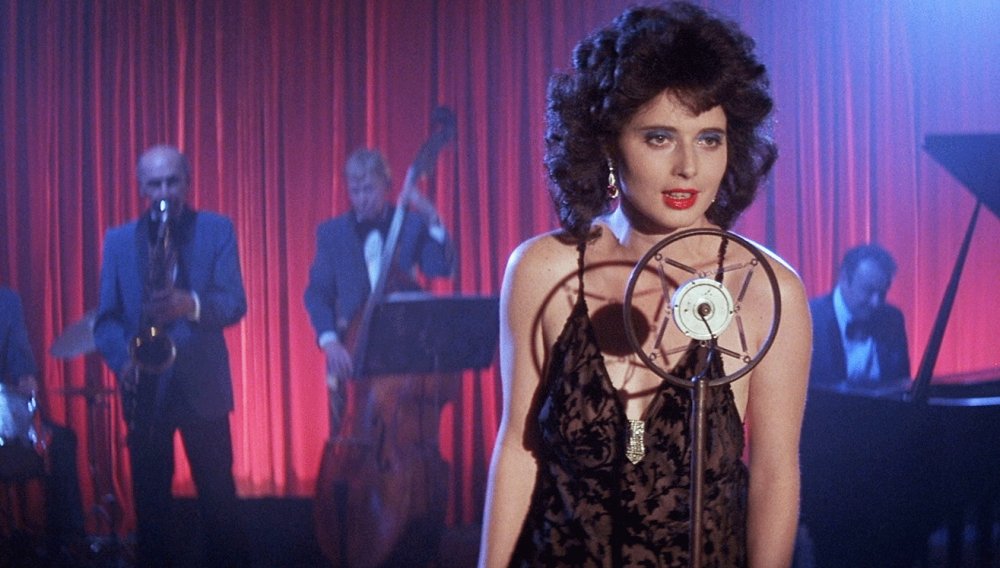
“From the twisted mind of David Lynch…” So, opened the trailer for Blue Velvet, a flop movie that was and is one of the most acclaimed films of the 1980’s. The main selling points in the film’s marketing were that it was weird, critically landed, and from this Lynch fellow.
At the time, Lynch had only one hit movie under his belt – The Elephant Man. His other two features were the little -seen indie film Eraserhead and the box office disaster Dune. His name was not enough to get moviegoers to see the film. Nor was its premise of a young man discovering that a lounge singer is involved with an insane criminal which did not connect with the public at the time.
Admittedly, Velvet’s premise was not brilliant, but its devil was in its candy colored details. Since then, it’s become beloved by cineastes the world over and influenced everything from Bates Motel to Riverdale to Lana Del Rey. Its deconstruction of 1950’s Americana only seems more relevant as nostalgia becomes the chief component of the culture industry. Decades later, the film tastes even better than Pabst Blue Ribbon.
4. Treasure Planet
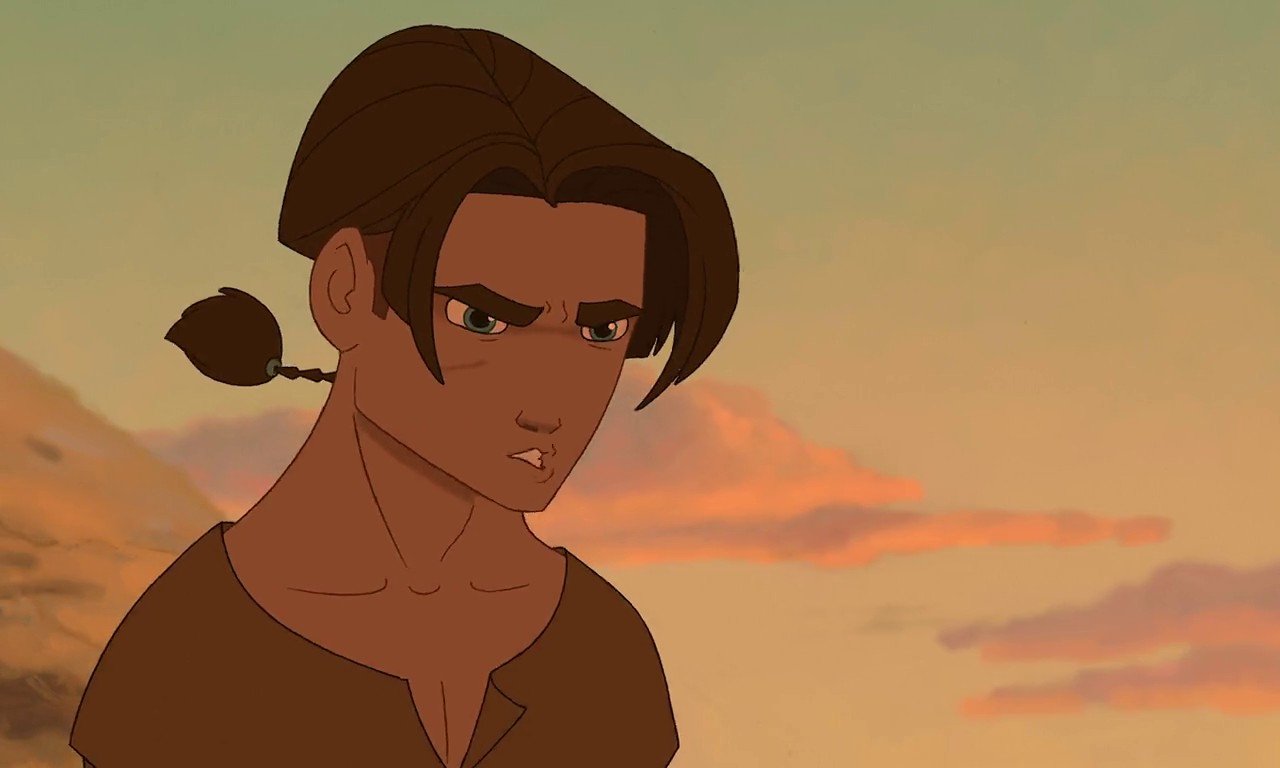
Part of the appeal of the original Star Wars trilogy is that it combined the core of boy’s adventure stories and added a sci-fi twist. Not long after the trilogy was completed, Disney directors Ron Musker and Jon Clemens pitched a film that took the Star Wars concept very literally: Treasure Island in Space.
This raises the question: what would setting Robert Louis Stevenson’s classic in a science fiction world add to the story? The answer: some interesting visuals and nothing else. All that set the film apart from every other adaption of the children’s novel was its veneer of Victorian steampunk. This somehow wasn’t appetizing to the public.
However, whether Disney realized it or not, there is a small internet subculture of steampunk devotees who lapped the film up, probably because there are so few mainstream films in that particular subgenre. Adding further to the film’s fanbase was the fact that the studio stopped producing traditionally animated films a few short years after it bombed. In a way, the film’s glorious two-dimensional animation embodies the steampunk ethos – it’s both old school and state of the art.
5. Barbarella
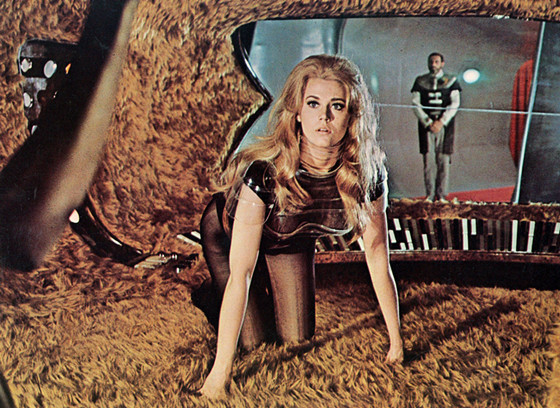
Like its title character, Barbarella is all appearances and almost no substance. But what appearances. Fifty years on, the film is on of the few science fiction films to look truly otherworldly. It’s unique costumes and sets put Alexander McQueen and H. R. Giger respectively to shame.
Also noteworthy is the film’s brazen sexuality. Goofy though it may be – the makers of the Austin Powers sequels undoubtedly looked to this film for inspiration – things rarely get hot and heavy in the sci-fi genre, making this film an interesting outlier.
While Barbarella herself is not exactly a layered Shakespearean character, she does hold the distinction of being the first female protagonist in a science fiction film, having her day in the sun long before the more prudish likes of Sarah Conner and Jyn Erso.
This film asks a tantalizing question – is Barbarella – the secret agent who saves a male damsel in distress, and undresses for the camera – an empowered feminist heroine or a mere sex object? Who knows? Either way, the film’s ambiguities have helped it to live on.